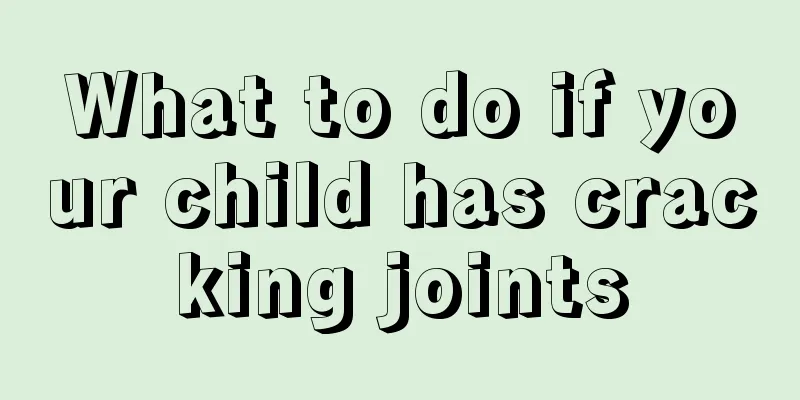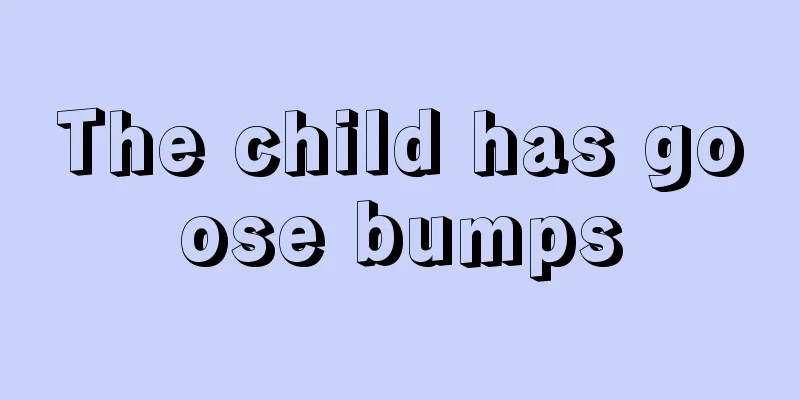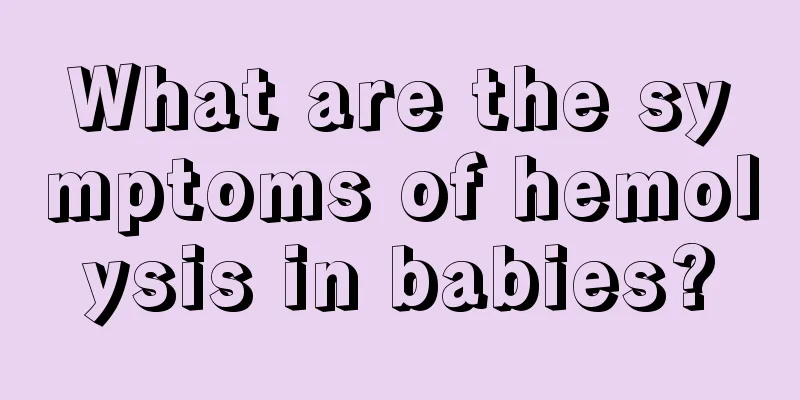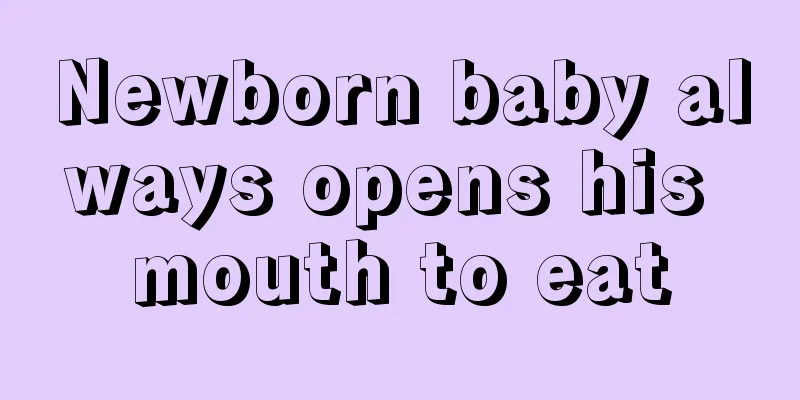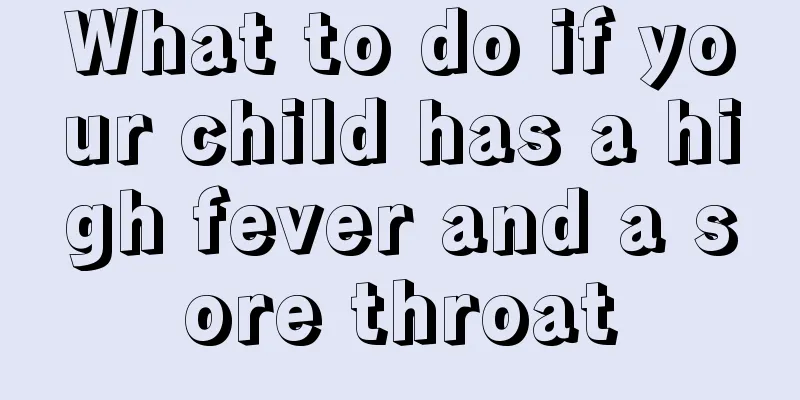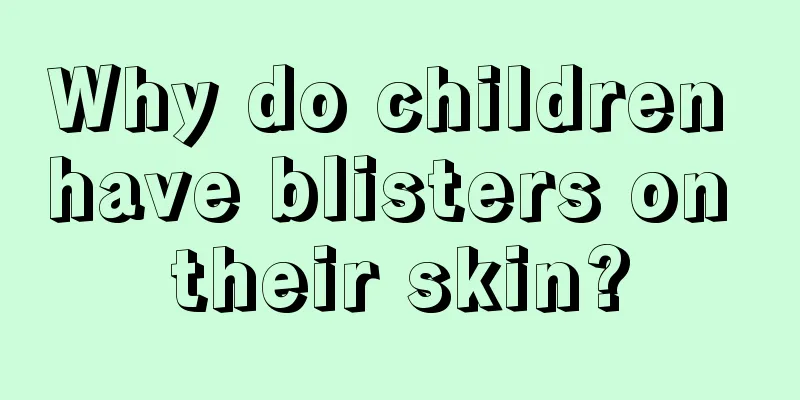What are the symptoms of bronchiolitis in children?
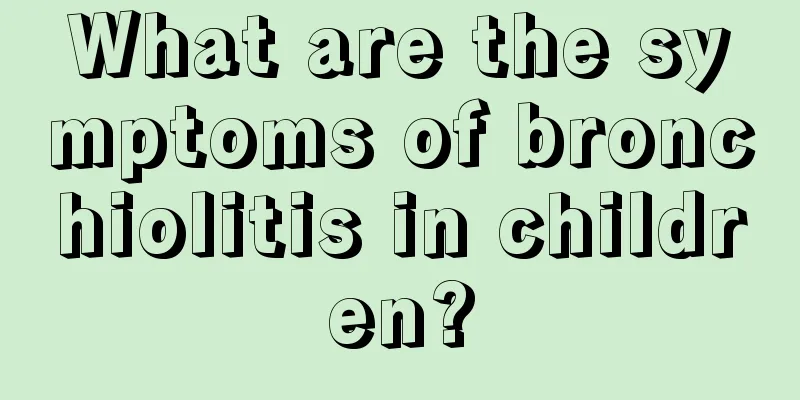
|
Bronchiolitis is a very common phenomenon. This phenomenon makes our children's bodies in an uncomfortable living state, which will affect our physical health. This is very bad. What we need to do is to check in time. Only in this way will it be better for the child's life and the baby's healthy life. Bronchiolitis can be caused by different viruses. Respiratory syncytial virus (RSV) is the most common pathogen. In the cases seen by the Institute of Pediatrics of the Chinese Academy of Medical Sciences, syncytial virus was isolated in 58% of cases. In addition, parainfluenza virus (type 3 is more common), adenovirus, influenza virus, reovirus and rhinovirus can all cause bronchiolitis. A few cases are caused by human pneumonia. In the past, influenza bacilli were occasionally isolated from children with this disease. It may be the pathogen in very rare cases, but it may also be a carrier or a mixed infection of virus and bacteria. Persistent dry cough and paroxysmal dyspnea often occur 2 to 3 days after upper respiratory tract infection. Cough and wheezing occur simultaneously as the characteristics of this disease. Symptoms vary in severity. In severe cases, dyspnea develops very quickly. The cough is somewhat similar to whooping cough. At the beginning, respiratory symptoms are far more severe than poisoning symptoms. Paroxysmal wheezing occurs. Body temperature varies. Low fever (even no fever), moderate fever and high fever each account for about 1/3. Body temperature has no parallel relationship with the general condition. Generally, although there is vomiting, it is not serious and there is no severe diarrhea. Due to emphysema and chest expansion, the abdomen is compressed, which often affects sucking and eating. During the attack of wheezing, the breathing is fast and shallow, often accompanied by expiratory wheezing. The respiratory rate is about 60 to 80 times/min or even more than 100 times/min. The pulse is fast and thin, often reaching 160 to 200 times/min. There are obvious nasal fan and three concave signs. Severely ill children have obvious obstructive emphysema, pale and cyanotic chest and body The symptoms often vary. Percussion sounds are tympanic. When the capillaries are close to complete obstruction, the breath sounds are significantly reduced or inaudible. When wheezing occurs, moist rales are often not audible. When wheezing is slightly relieved, there may be diffuse fine moist rales or medium moist rales. The wheezing sound is often very obvious. Occasionally, there are dry rales such as flute sounds. When the symptoms occur, there is widening of the intercostal space. The ribs are transverse. The diaphragm, liver and spleen are pushed downward due to emphysema. Due to the increase in insensible water loss caused by hyperventilation and insufficient fluid intake, some children may develop more severe dehydration, and young infants may also have metabolic acidosis. Patients with severe wheezing may have carbon dioxide retention, respiratory acidosis, and decreased arterial oxygen partial pressure. It is rare for patients to develop into heart failure after proper treatment. This disease occurs in younger patients, mostly in infants under 2 years old, especially in infants under 6 months old. The fever is usually not high or normal. Paroxysmal dyspnea may occur in the early stage of the disease. Wheezing is obvious during physical examination. Both lungs are covered with wheezing, and a clear diagnosis can be made by combining chest X-ray examination. The following are questions about bronchiolitis in children. I hope it will be helpful to everyone. In life, what we need to do is to treat it well and discover it in time. This is very important. Some diseases will cause many problems if they are not discovered in time. Pay attention to your children's healthy life. This is very important. |
<<: Causes of swollen eyelids in children
>>: Treatment of otitis media in infants and young children
Recommend
What causes breast lumps in little girls?
When a girl's body is developing, her hormone...
How to correct your baby's latch
To correct the baby's breastfeeding method, y...
Exchange transfusion therapy for neonatal jaundice
Neonatal jaundice is a relatively common disease,...
What are some good ways to do physical exercise for kids?
In today's society, there are more and more o...
What are the feeding amounts for infant formula?
The amount of formula milk that babies should be ...
What is the treatment for babies who always bite their lips?
Although it is not a serious disease for babies t...
What are the symptoms of concussion in children?
When children are young, their bodies are not ful...
What can babies eat to get better quickly from enteritis?
As we all know, the baby's stomach and intest...
Can Shuanghuanglian oral liquid for children treat sore throat?
Shuanghuanglian oral liquid for children is mainl...
What to do if your baby coughs and vomits at night
Now many parents report that their babies’ low-gr...
Which one should I supplement first if my child is deficient in calcium, iron or zinc?
Children need a lot of nutrition as they grow. If...
Eight-month-old baby sweats on the back of his head
After the baby is eight months old, his body has ...
What to do if your child's throat is red and swollen
Parents are most afraid that their children will ...
How to care for facial hemangioma in children?
Hemangioma on children's face is one of the m...
Why is the baby's urine blood
There are many causes of hematuria, including uri...
